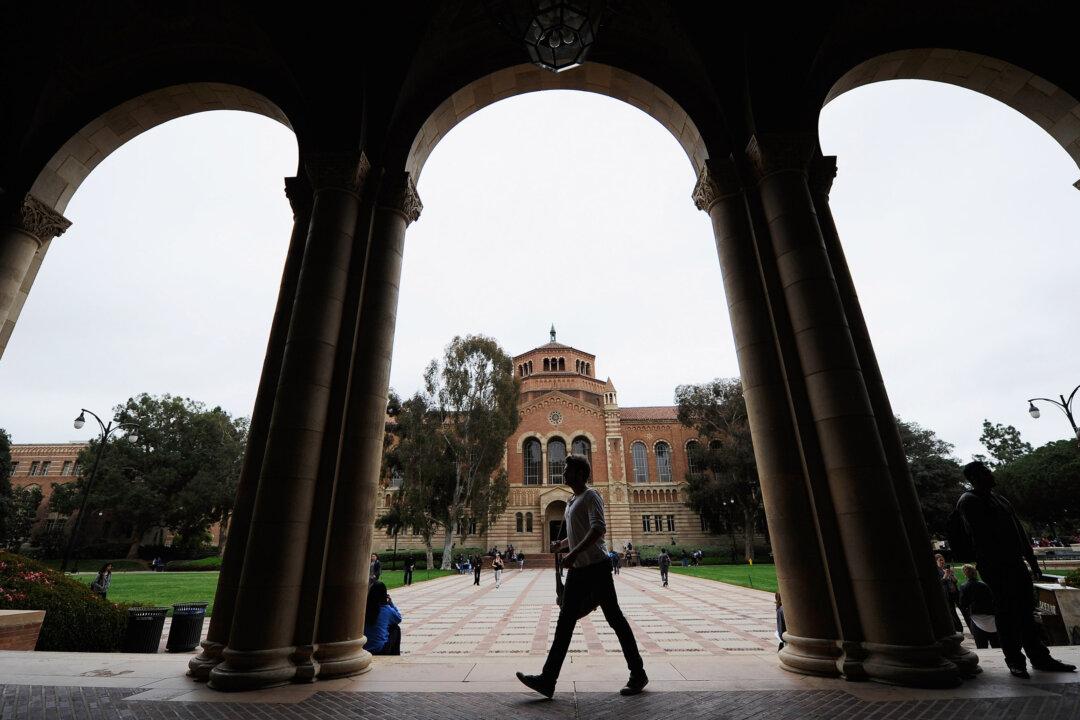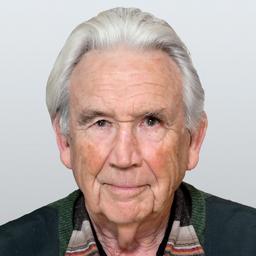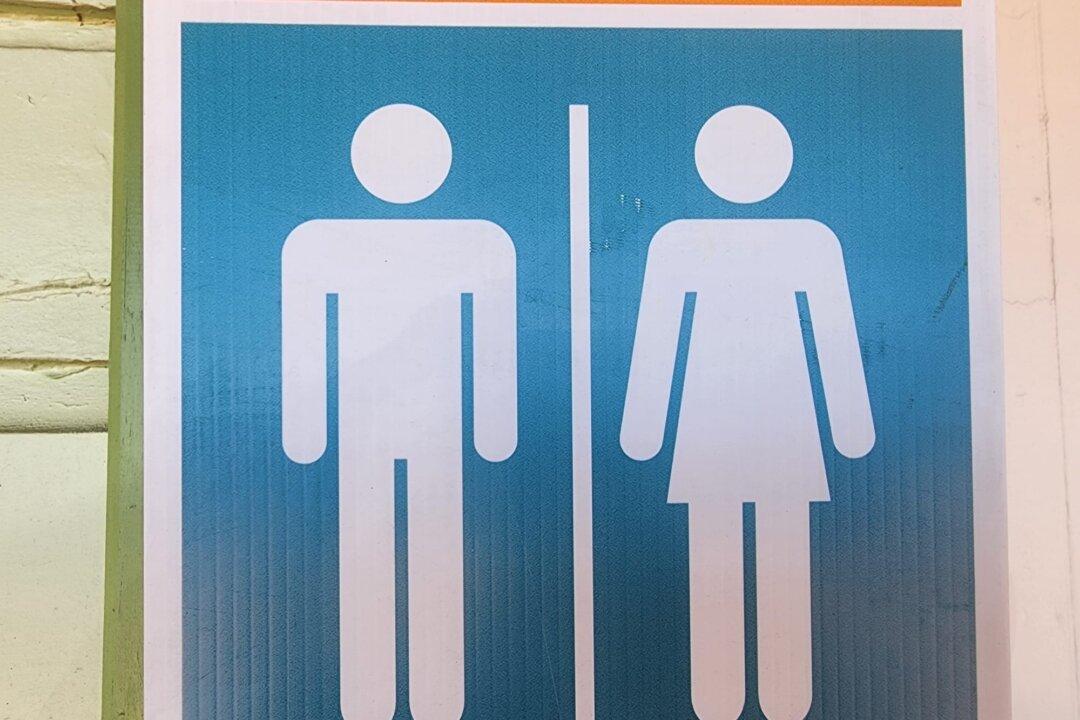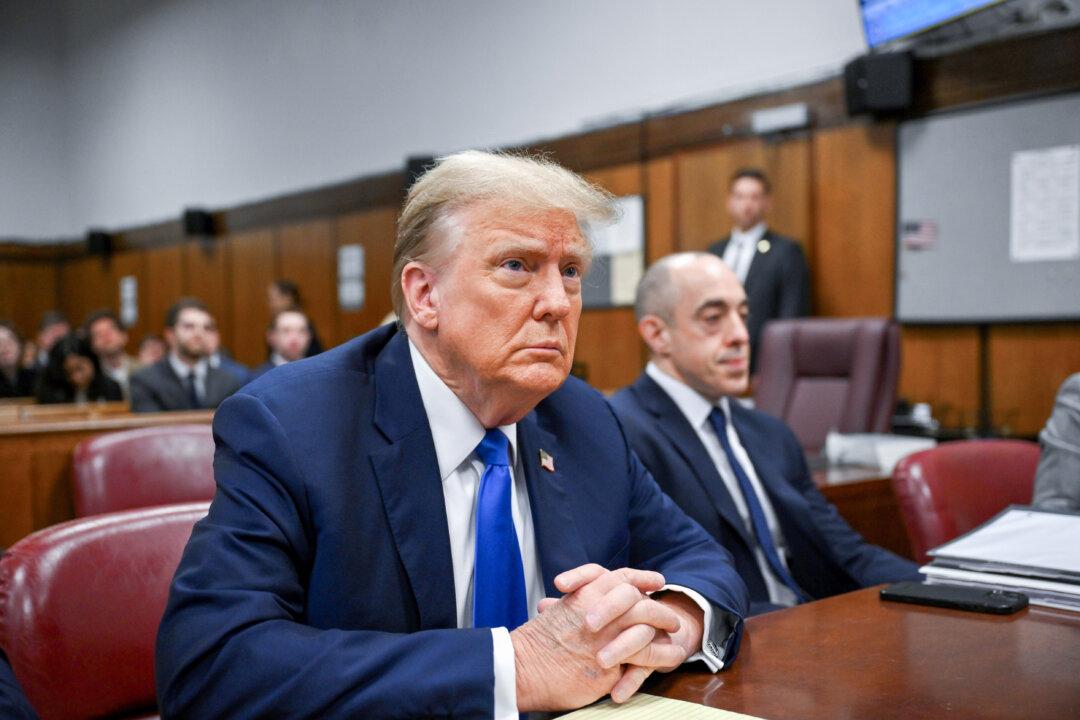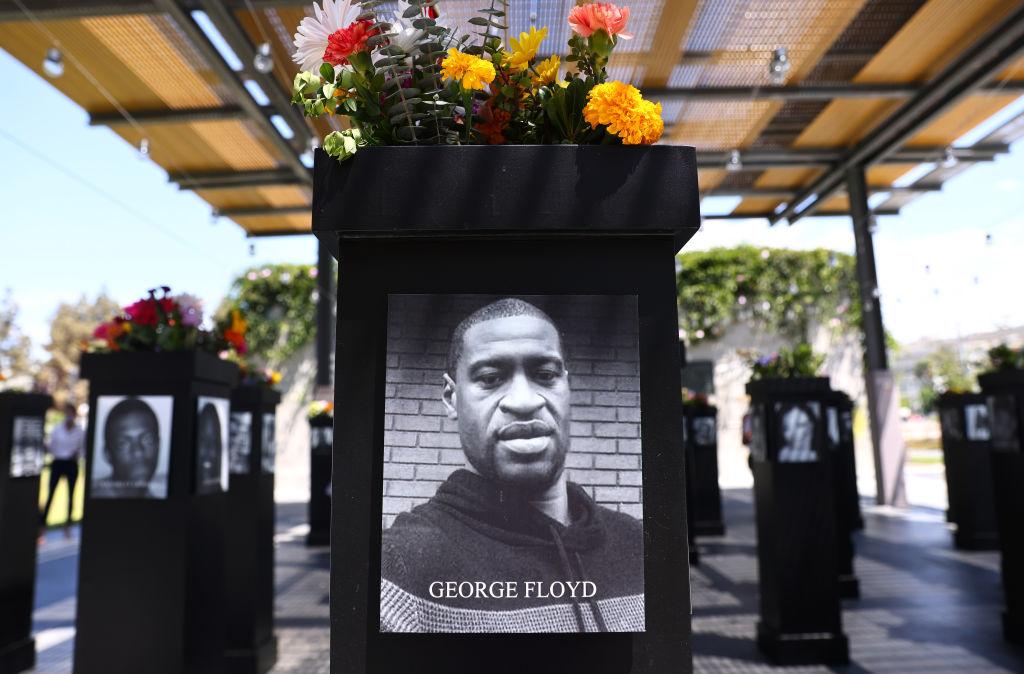Commentary
Higher education is facing a crisis that nobody wants to talk about. According to data collected by the National Student Clearinghouse Research Center, enrollment nationwide dropped from just over 20.5 million students to 17.3 million in the 10-year period from fall 2011 to fall 2021. That’s a drop of 15.8 percent.
